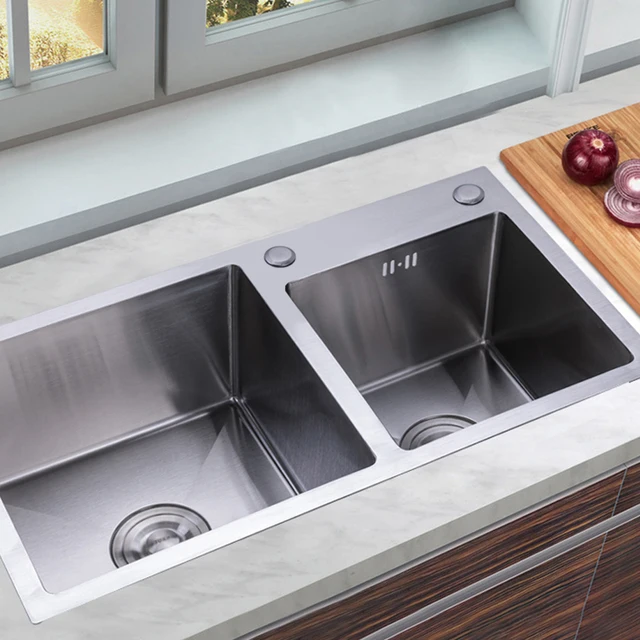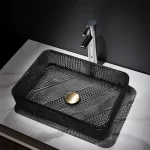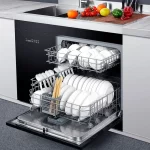An overflowing sink can be a frustrating and potentially damaging issue for any homeowner. It can cause water damage to floors, cabinets, and other fixtures if not addressed promptly. Fortunately, with the right approach, you can handle this problem effectively. This comprehensive guide will walk you through a series of steps to manage an overflowing sink, from immediate actions to long-term solutions.
Identifying the Causes of an Overflowing Sink
Common Causes of Sink Overflows
Understanding the underlying causes of a sink overflow is crucial in addressing the problem effectively. Overflows usually occur due to clogs or blockages in the drain system. Common causes include a buildup of grease, soap scum, and food particles that obstruct the drain pipes. Additionally, foreign objects such as small toys or utensils that accidentally fall into the sink can create significant blockages. If the sink is connected to a garbage disposal unit, a jammed disposal can also lead to overflow issues. Recognizing these common causes helps in diagnosing and tackling the issue efficiently.
Diagnosing the Source of the Blockage
To diagnose the source of the blockage, start by inspecting the sink and its components. Look for any visible signs of obstruction around the drain area. If the sink is connected to a garbage disposal, check if it is working properly or if it appears jammed. You can also use a plunger to try and dislodge the blockage; if the water begins to drain, it indicates a clog in the drain line. If the sink is still overflowing, the issue might be deeper in the plumbing system, requiring further investigation. Identifying the exact location of the blockage is crucial for choosing the appropriate solution.
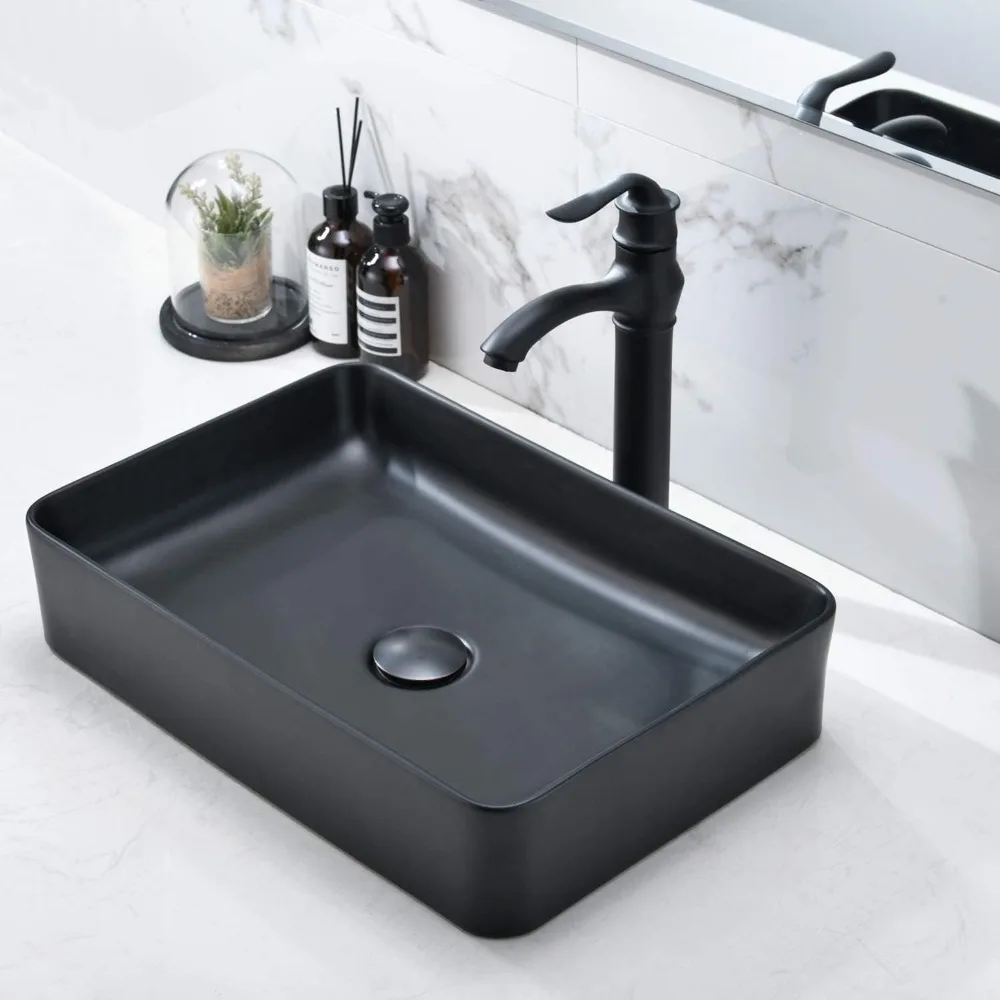
Immediate Actions to Take When Your Sink Overflows
Turning Off the Water Supply
When you notice that your sink is overflowing, the first immediate action is to turn off the water supply. Locate the shut-off valves under the sink and turn them clockwise to close them. This action will stop additional water from flowing into the sink and help prevent further overflow. If you cannot find the individual shut-off valves, you may need to turn off the main water supply to your home. This step is critical in mitigating water damage and gaining control over the situation.
Cleaning Up Water Spills and Preventing Damage
Once you’ve stopped the water flow, it’s important to clean up any spills to prevent water damage. Use towels, rags, or a mop to absorb the water from the sink and surrounding area. If the overflow has reached the cabinets or floors, dry these surfaces thoroughly to prevent damage and mold growth. Pay special attention to areas under the sink, as they can be prone to water damage. If water has seeped into cabinetry or flooring, consider using a dehumidifier or fan to expedite the drying process and reduce the risk of long-term damage.
Using a Plunger to Clear Minor Blockages
How to Properly Use a Plunger
A plunger is a useful tool for clearing minor blockages in a sink. To use it effectively, make sure the sink has enough water to cover the plunger’s rubber cup. Place the plunger over the drain and create a tight seal by pressing down firmly. Pump the plunger up and down rapidly to create suction and pressure, which can help dislodge the blockage. After several plunges, remove the plunger and check if the water begins to drain. If the water starts to drain, it indicates that the blockage has been cleared. Repeat the process if necessary until the water drains completely.
Tips for Effective Plunging
For the best results when using a plunger, ensure that the plunger’s cup is completely covered by water. This creates a better seal and more effective suction. If the sink has an overflow drain, cover it with a wet cloth to ensure that the pressure created by the plunger is directed towards the main drain. Additionally, use a plunger specifically designed for sinks, as those designed for toilets may not be as effective. If plunging does not resolve the issue, the blockage may be more severe and require additional measures.
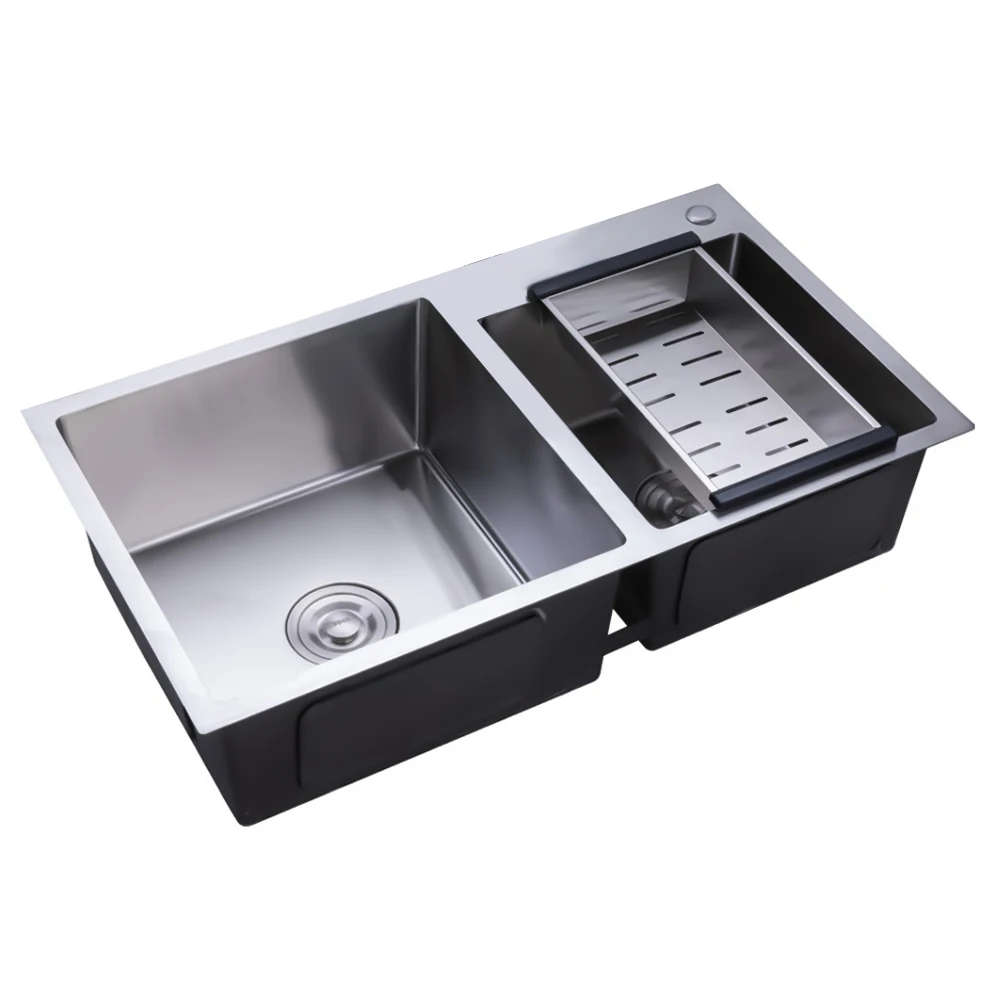
Clearing Blockages with a Plumber’s Snake
How to Use a Plumber’s Snake
A plumber’s snake, or drain auger, is a tool designed to clear more stubborn blockages that a plunger or chemical cleaner cannot handle. To use a plumber’s snake, insert the end of the snake into the drain and turn the handle to feed the cable into the pipe. As the snake advances, it will encounter the blockage. Continue turning the handle to break up or grab the obstruction. Once you feel resistance lessen, retract the snake and remove any debris that has been collected. Flush the drain with water to ensure it is clear. If the blockage persists, you may need to repeat the process or consider professional help.
Choosing the Right Size and Type of Snake
Plumber’s snakes come in various sizes and types, including manual and powered versions. For most home use, a manual snake with a 25 to 50-foot cable is sufficient for standard sink drains. If you frequently encounter blockages or need to clear more extensive clogs, a powered snake might be more effective. Ensure that the snake you choose is compatible with your sink’s drain size and type. Using the correct tool for the job ensures more efficient blockage removal and reduces the risk of damaging your plumbing.
When to Call a Professional Plumber
Recognizing Complex Plumbing Issues
While many sink blockages can be resolved with DIY methods, some issues may require professional intervention. If you’ve tried plunging, chemical cleaners, and a plumber’s snake without success, it might indicate a more complex problem such as a major clog, a damaged pipe, or issues within the plumbing system. Persistent overflow issues, frequent clogs, or water backing up in multiple fixtures suggest that the problem could be more severe and beyond the scope of simple repairs.
Finding and Hiring a Reliable Plumber
If you need to call a professional plumber, start by researching local plumbing services and reading customer reviews. Look for plumbers with experience in dealing with sink overflows and blockages. Ensure that the plumber is licensed and insured, as this provides assurance of their qualifications and protection in case of any damage during repairs. Request an estimate before the work begins to avoid unexpected costs. A reliable plumber can diagnose the problem accurately and provide a permanent solution to prevent future issues.
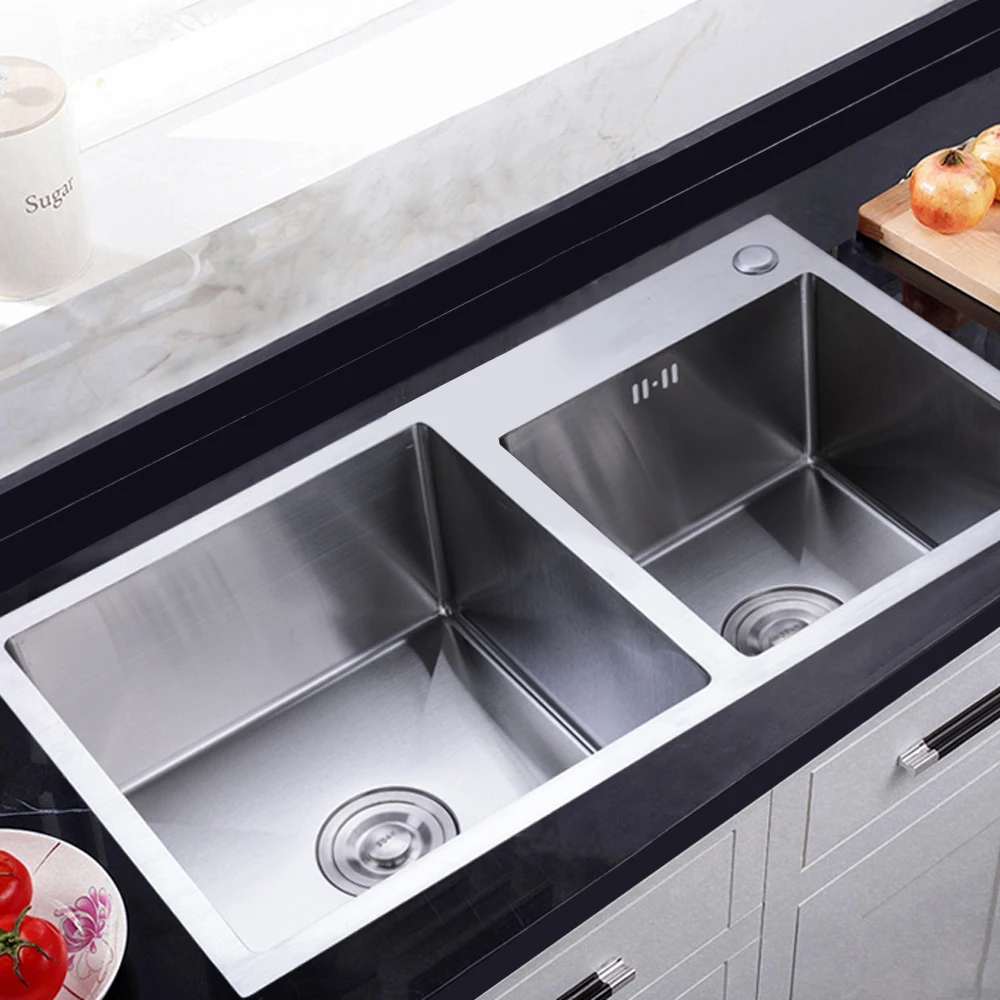
Preventing Future Sink Overflows
Regular Maintenance and Cleaning Tips
To prevent sink overflows in the future, regular maintenance and cleaning are essential. Avoid disposing of grease, coffee grounds, and large food particles down the sink, as these can cause blockages. Install a sink strainer to catch food particles and prevent them from entering the drain. Regularly clean the drain and garbage disposal by running hot water and using a mixture of baking soda and vinegar to remove buildup. Performing these maintenance tasks can help keep your sink and plumbing system in good working condition and reduce the likelihood of overflow issues.
Educating Household Members on Proper Sink Use
Educating everyone in your household about proper sink use is an important preventive measure. Inform family members about what should and should not be disposed of in the sink. Encourage the use of drain strainers and proper cleaning practices to minimize the risk of clogs. By fostering good habits and awareness, you can help maintain the functionality of your sink and avoid future overflow problems. Regular reminders and guidelines can contribute to a smoother and more efficient plumbing system in your home.
Conclusion
Recap of Key Points
Dealing with an overflowing sink requires prompt action and a clear understanding of the potential causes. From turning off the water supply and cleaning up spills to using tools like plungers and plumber’s snakes, various methods can help manage the situation effectively. If these methods do not resolve the issue, seeking professional assistance may be necessary. Preventive measures, including regular maintenance and proper use of the sink, are crucial for avoiding future problems. By following these steps, you can address sink overflows efficiently and maintain a functional and damage-free plumbing system.
Final Thoughts
Handling an overflowing sink can be challenging, but with the right approach and tools, you can effectively manage the problem. Promptly addressing the issue and implementing preventive measures will help ensure that your sink remains in good condition and that similar issues are less likely to occur. Taking these steps seriously and staying informed about plumbing maintenance can contribute to a more comfortable and functional home environment.
